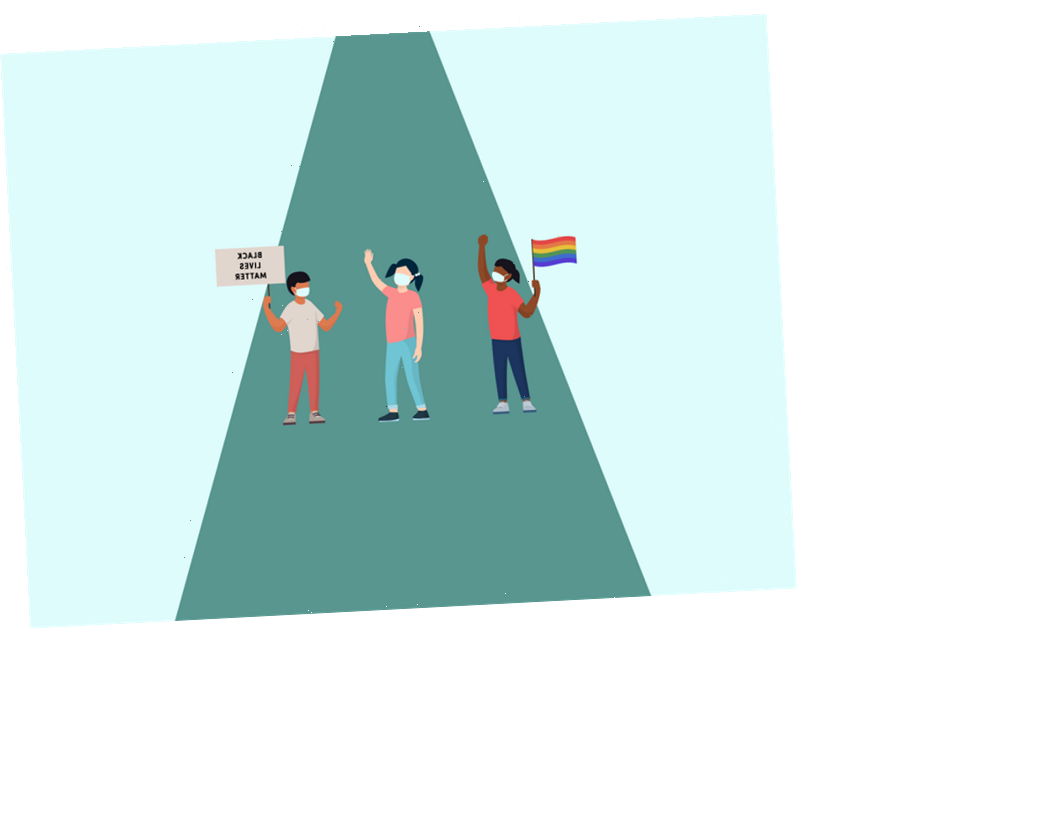My daughter was 8 months old on November 9, 2016. In the blink of a (teary) eye, it felt like our country went from brimming with the potential of progress in the name of gender equity to sinking to depressing depths, as I thought about what a Trump administration would mean for women and girls. Now, at last, we are looking past that, but not forgetting it.
Surprising no one, the Trump administration immediately unleashed dangerous, unparalleled policies attacking women, stripping them of reproductive and economic autonomy, harming and threatening Black, Latina, Indigenous, Asian American, young, disabled, and LGBTQ women the most. Such policies included denying women access to healthcare access including contraception and abortion access, weakening protections against sexual assault, undoing equal pay reforms, eroding family economic security, undermining women’s leadership, tearing families apart at the border, threatening childcare assistance, stalling paid family and medical leave, and cutting funding to after school programs and nutritional assistance. And the list goes on.
Raising my daughter as an activist in the Trump era largely looked like slinging a sign around her neck, plopping her in the stroller, and attending the protest of the day. Or it looked like sitting by my side as I called or wrote to elected officials to block the next harmful bill.
Yes, activism for the first years of my daughter’s life was largely defined by resistance. Now, at the onset of a new political era, it’s time to reconsider what raising an activist daughter looks like.
To do this, we must understand that activism is a lifestyle — a mindset, a conscious way to parent and live. It’s not a word to add to a bio, a box to check, or a singular moment. We must model that understanding in our day-to-day lives so our children will be raised with a natural, all-encompassing inclination toward activism.
Perhaps no one says it better than bell hooks: “The most basic activism we can have in our lives is to live consciously in a nation living in fantasies. Living consciously is living with a core of healthy self-esteem. You will face reality, you will not delude yourself.”
It’s more important now than ever to show our daughters that, even though representation and progress are both here and on the horizon, this is not the time to get complacent.
Trump’s harmful rhetoric toward women didn’t begin with him. And, even though he’s no longer in the Oval Office, harmful gender narratives and the need for gender equality hasn’t ended. Yes, the Biden-Harris administration appears to be setting up a welcome “aggressive and comprehensive plan to further women’s economic and physical security and ensure that women can fully exercise their civil rights,” as his site reads. But if history teaches us anything, it’s that changing culture is slow work, and that it demands an intersectional analysis of race and class alongside any helpful gender analysis.
We must also remind our daughters of the unfortunate reality that, even though the pussy-grabber-in-chief is no longer president, the tentacles of patriarchy — that are overwhelmingly undergirded and sustained by white supremacy — run deep. This is a lesson that, if taught early, will serve our daughters well. The earlier in life they come to understand how pervasive toxic masculinity and white supremacy are, and how inexorably linked they are, the better prepared they will be to be the informed, resilient, bad-ass leaders we need them to be.
For example, we must simultaneously celebrate the overdue representation of the victory of the first Black, Indian, South-Asian woman Vice President Kamala Harris and be clear about the systemic injustices that made it take so long to have a woman in the Oval Office in the first place. We must simultaneously condemn the insurrection of January 6 and point out the white women who reportedly led the charge. We must simultaneously celebrate advances women make and call out the deep racial disparities still present.
While there is still much work before us, I am confident that if we are intentional about raising daughters who both critique and dream, grieve and build, challenge and listen, rest and play, and organize with an intersectional lens, we will be headed (for perhaps the first time) toward the creation of a just society. And I am here for a generation of young girl activists like that!
Add these books starring girls of color to your kids’ shelves.
Source: Read Full Article


